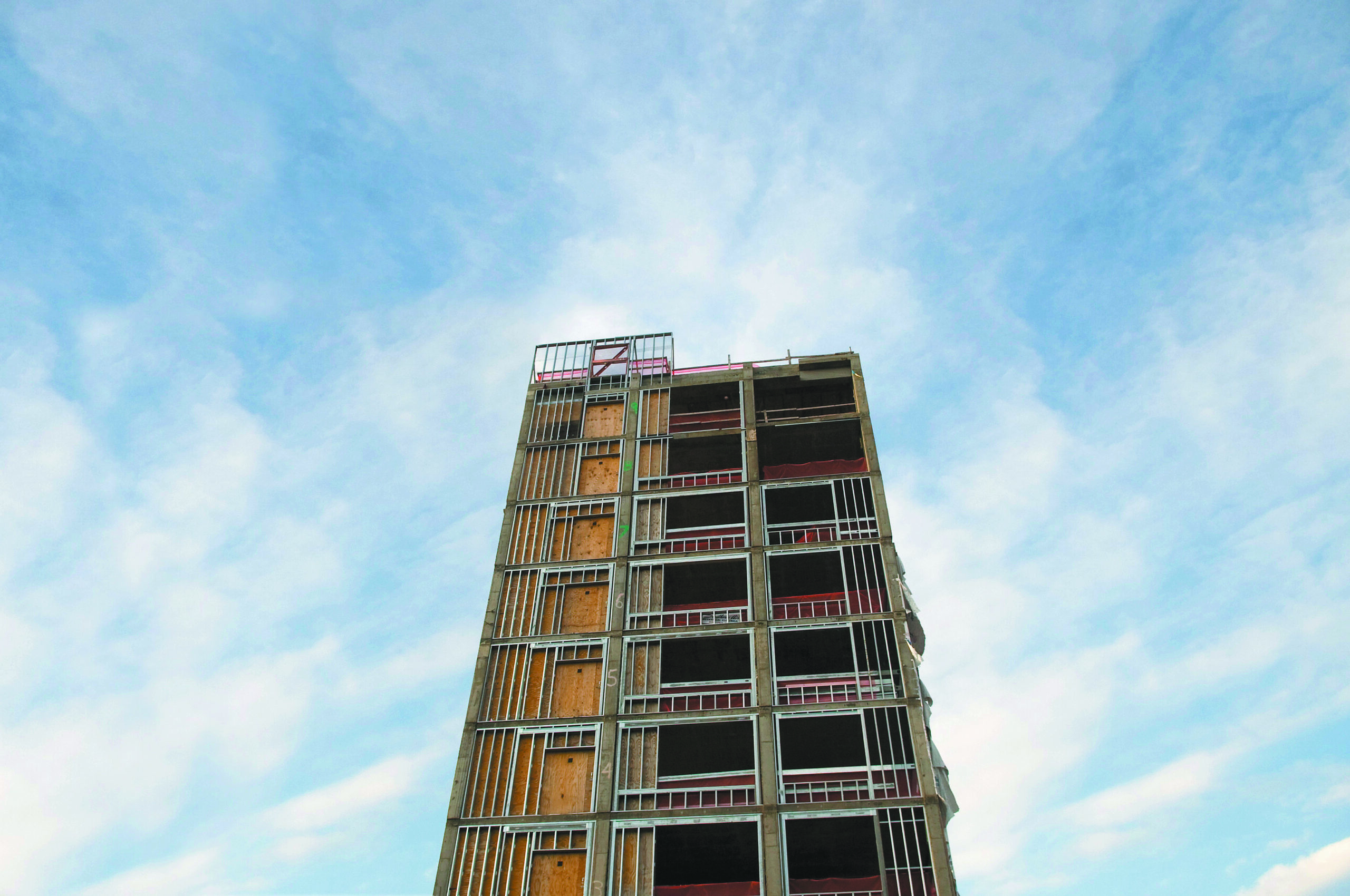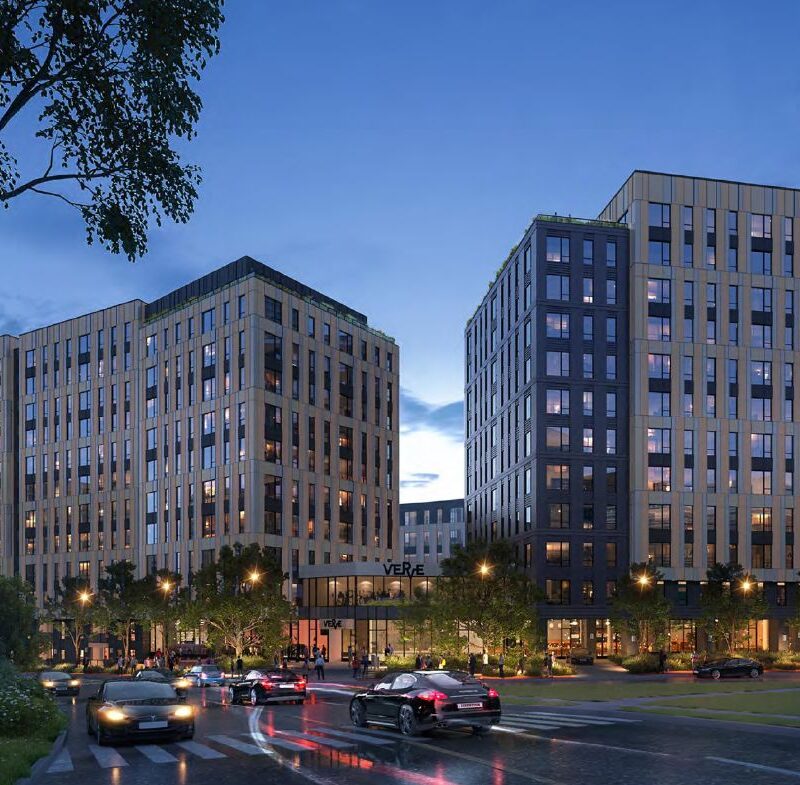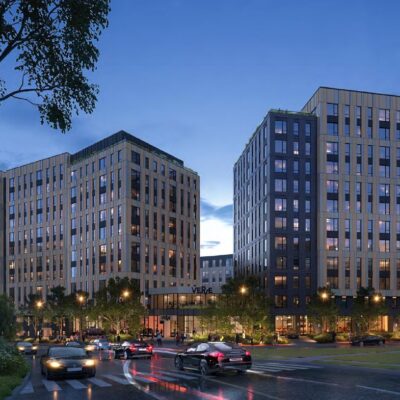
The Downtown Mall is at the center of Charlottesville’s most recent controversy, a “camping ordinance” that would criminalize sleeping or storing personal belongings on public property. While a strong coalition opposing the ordinance showed up at the September 2 City Council meeting, some business owners claimed the draft proposal was a step toward strengthening Charlottesville’s downtown economy.
Despite the hubbub, the Mall’s vacancy rate has stayed relatively steady, sitting at 3.65 percent as of the city’s July 2025 report.
According to Charlottesville’s Office of Economic Development, the Downtown Mall currently has seven vacancies out of 192 ground-level storefronts: the former locations of Ten Thousand Villages, Sombrero’s, Cinema Taco, Passiflora, and Wells Fargo, as well as the Dewberry Hotel shell and CODE Building retail space.
C-VILLE’s former location on the Mall was not included in the 2025 list due to its “primary use as an office space.” Walker & Dunlop, a real estate group working on the sale of the Dewberry/Landmark/empty hotel of many names, told C-VILLE there are “no updates or comments to provide from ownership.”
Filling spaces on the Mall can be tricky given the type of space available and what potential renters are looking for, but the city has limited ability to encourage property owners to fill long-vacant spaces.
“Each property owner sort of takes a different approach to things that’s unique to them. … Some of them will look to lower rates when they feel it’s appropriate to do so. Some feel very strongly that the rates that they have are the best that they can do,” says Matthew Johnson, assistant director of economic development for Charlottesville. “Sometimes you’ll see property owners that will, instead of doing different things with the rates, they’ll do things as far as tenant improvement allowances.”
While the number of vacancies remains unchanged from January 2025, they’re not all the same spots continuing to sit empty.
“We actually had a couple of other spaces that have been longstanding vacancies, whether it’s the old Fellini’s space or the Hardware Store retail space,” says Johnson. “Those have been filled at this point by tenants.”
Current vacancy rates on the Mall are in line with the fluctuating, but relatively low, rates reported by the OED prior to the COVID-19 pandemic—with five vacancies on the Mall in January 2019, and two in July 2019.
The vacancy rates on the Mall are similar to those at Barracks Road, which had six vacancies in January 2025, and one in July 2025. The 2019 report for the shopping center counted seven vacancies in January, and five in July.
While helpful, vacancy rate data only shows openings resulting from a business’ closure, not the economic health of stores and restaurants that are still operational. According to Travis Wilburn, founder of Stay Charlottesville, Charlottesville Insider, and a former head of business development at C-VILLE, foot traffic on the Downtown Mall has dipped significantly in recent years.
Cell phone traffic data provided by Wilburn, collected through an AI aggregation service, shows there were 2,458,687 visits to the Downtown Mall in 2024. The first year included in the data set is 2017, which shows 3,456,844 visits.
This puts daily average visits at 6,736.13 in 2024, compared to 9,470.81 in 2017.
“Rent costs have gone up, taxes have gone up, and [cost of] goods have gone up … traffic is down,” says Wilburn.
Amid the increase, Wilburn and other business owners on the Mall report complaints from visitors about sanitation and safety—and human waste near businesses.
“A lot of the Downtown Mall businesses complain about having to clean up feces in the morning, or urine,” he says. “I can tell you wholeheartedly [decreased foot traffic] has to do with safety and cleanliness. … Feedback from exit surveys … reflects [guests’] concerns on safety and cleanliness, and regardless of how I feel, their perception is the reality of what we are seeing.”
Most online reviews of the Downtown Mall are positive. Some of the ratings—including nearly every negative review—mention the unhoused population and panhandling. The average rating is 4.2 out of 5 on Google Reviews, and 3.9 out of 5 on Tripadvisor and Yelp.
At its core, the divide between businesses and housing advocates boils down to a difference in how people view the Mall, and the best way to resource the city’s social services for the unhoused population.
More detailed coverage of the proposed camping ordinance and its public reception can be found in Sean Tubbs’ reporting on page 13, but to say those at the recent City Council meeting were upset about the measure, and lack of conversation with people directly affected by it, would be an understatement.
In a letter to council and leadership ahead of the meeting, Livable Cville highlighted how the ordinance criminalizes homelessness at a time when Charlottesville does not have a year-round, low-barrier shelter, or even an alternative place for people to go.
“This approach does not improve public safety nor does it seriously address homelessness for one basic reason: Homelessness is a housing problem, not a criminal justice problem,” reads a portion of the letter, cosigned by 19 organizations including Charlottesville Harm Reduction, National Lawyers Guild at UVA Law, and the Legal Aid Justice Center. “The consequence of this ordinance will be that people experiencing homelessness will be forced further and further into the margins, where their safety and the safety of others is at higher risk.”
Greer Achenbach, executive director of Friends of Cville Downtown and the sole speaker in support of the ordinance, highlighted the role of businesses in funding social services in an interview ahead of the September 2 council meeting.
“The biggest impediment to our businesses is the perception of people that do not want to come down to the Mall because they feel unsafe, or they have been harassed or put in situations that make them uncomfortable by some of our unhoused population,” she says. “We really are looking for compassionate solutions that benefit everybody in the community. The Mall is not just for the businesses, right? It is for everybody, and everyone needs to be able to coexist peacefully, together. … We want to see a thriving economy. We want to see a welcoming environment. Is it clean? Is it safe? Is it beautiful? Is it accessible?”
Achenbach highlighted the need for actions including opening public restrooms on the Mall, and noted that programs like the Mall ambassador program—which will create a permanent city presence to improve cleanliness and safety—are a benefit to everyone.
At the council meeting, Achenbach said FCD agrees with arguments “that there should be a designated camping area in the city until we can provide enough shelter beds, but it should not be in our business district.” Between boos from other attendees, she said council has “a fiduciary responsibility to protect the tax base that funds vital social programs.”
The camping ordinance was unanimously tabled by City Council. There’s still work to be done according to both local businesses and service providers for the unhoused.
“Ultimately, we need more housing, and at various levels,” says Shayla Washington, executive director of Blue Ridge Area Coalition for the Homeless. “We need more homelessness prevention funding, because many of us are closer than we realize to falling into homelessness rather than riches.”
“I completely sympathize with what many of these [downtown business owners] have experienced at their businesses, and no one should have to worry about other human beings defecating or urinating on their property,” Washington adds. “BRACH is in support of adding more public restrooms to the Downtown Mall. … Additionally, we welcome input from these stakeholders as well and look forward to convening those who are interested in exploratory conversations regarding realistic solutions that will benefit everyone.”
Following the tabling of the ordinance, Washington says BRACH is looking to create “at least one city-designated campground for people experiencing homelessness” at a site accessible via public transit, and available to service providers to extend outreach and resources.





